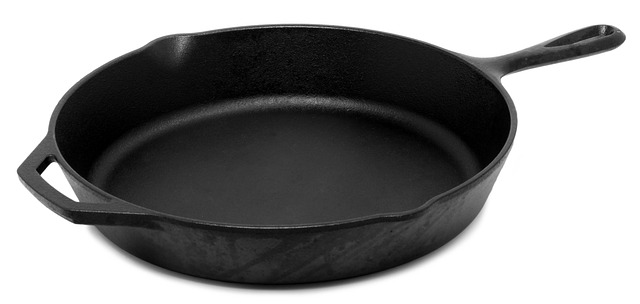Cookware: Choosing, Caring, and Comparing Common Options
Cookware is the everyday toolset that shapes home cooking, from frying and braising to simmering and steaming. Choosing the right pots and pans affects heat control, food release, cleanup, and how long the set lasts. This article explains material differences, practical selection criteria, maintenance tips, compatibility concerns, and real-world cost insights to help you select cookware that fits your cooking style and kitchen setup.

How to choose cookware for your kitchen
Selecting cookware starts with how you cook and what surfaces you use. Consider whether you often sear meat, simmer sauces, or prepare delicate eggs; high-heat searing favors heavy stainless steel or cast iron, while nonstick pans suit low-fat or delicate foods. Size and weight matter: larger households may need bigger pots and pans, while lighter sets can be easier for daily use. Also check stove compatibility—some pans work better on induction or glass cooktops. Prioritize a few versatile pieces (skillet, saucepan, stockpot) before expanding to specialty items.
What cookware materials do and when to use them
Different materials offer distinct advantages. Stainless steel provides durability and even browning with proper multi-clad construction; it’s non-reactive, so it won’t alter acidic foods. Cast iron holds heat exceptionally well and is preferred for high-temperature searing and oven finishing; it requires seasoning but can last generations. Aluminum conducts heat quickly and is often anodized or clad for durability. Nonstick coatings reduce oil use and simplify cleaning but wear over time and are best used at moderate temperatures. Ceramic-coated pans offer a chemical-free nonstick surface but can be less durable than traditional nonstick coatings.
Care and maintenance to extend cookware life
Proper care extends performance and safety. For stainless steel, use moderate heat, preheat the pan, and deglaze to release stuck bits; avoid abrasive cleaners that can dull the finish. Cast iron needs regular seasoning and should be dried immediately after washing to prevent rust; occasional oiling restores the seasoning layer. For nonstick pans, avoid metal utensils and high heat to preserve the coating, and hand-wash when possible. Check manufacturer guidance for dishwasher use, as it can reduce lifespan. Repair or replacement is often safer than continuing to use significantly damaged nonstick surfaces.
Compatibility and special considerations for cooking methods
Match cookware to cooking methods: induction ranges require magnetic bases, so check for ferrous metals or induction-ready labeling. Oven use needs to consider handles and lids—some plastics or rubber grips limit oven temperature. For stovetop-to-oven cooking, ensure the pan’s handle and lid materials tolerate the intended temperatures. If you often move pans between burners and oven, opt for robust constructions like stainless-clad or cast iron. Also consider storage space, stackability, and lid compatibility when selecting sets; pieces that nest or share lids reduce clutter and increase utility in smaller kitchens.
Before the table, a short paragraph on pricing and real-world cost factors:
Cookware prices vary widely based on material, brand, construction (solid vs. clad), and warranty. Entry-level nonstick and basic aluminum pans can be inexpensive, while fully clad stainless sets and specialty cast iron can be more costly up front but offer longevity. Sales, retailer pricing, and local availability in your area will influence costs; consider mid-range single pieces from reputable brands if replacing only worn items rather than buying an entire set.
| Product/Service | Provider | Cost Estimation |
|---|---|---|
| 12” Cast Iron Skillet | Lodge | $25–$50 |
| 10” Stainless Steel Fry Pan (3-ply) | All-Clad (D3) | $120–$200 |
| 12” Nonstick Fry Pan | T-fal (E76597) | $30–$60 |
| 12” Multiclad Stainless Skillet | Cuisinart Multiclad Pro | $70–$120 |
| 11” Ceramic Nonstick Skillet | Calphalon Premier | $60–$120 |
Prices, rates, or cost estimates mentioned in this article are based on the latest available information but may change over time. Independent research is advised before making financial decisions.
Conclusion
Choosing cookware involves balancing cooking style, material properties, and budget. Durable materials like stainless steel and cast iron perform well across many techniques, while nonstick and ceramic options simplify routine cooking and cleanup. Consider stove compatibility, maintenance needs, and whether to replace single pieces or invest in a set. Thoughtful selection and proper care can improve cooking results and extend the useful life of your cookware.






